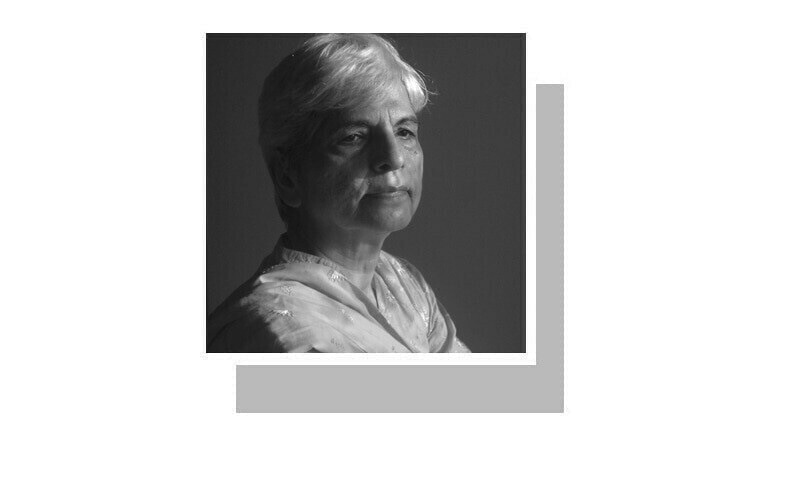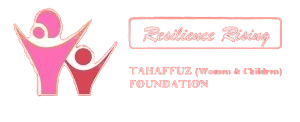
PAKISTAN is not famous for its reading culture. Few people read books and the publishing industry has never flourished here as in other countries where books sell by the millions. But we shouldn’t be surprised. After all, education is also in the doldrums in Pakistan and the co-relationship between the two is obvious.
An ideal solution would be to combine the two by prioritising books, with teaching literacy following much later. This may sound ridiculous and untenable. But it is not and those who have experienced the joy of reading from an early age would testify to the feasibility of this approach.
Here is how books, libraries and education can be integrated systematically, not randomly, to make an impact. My friend of long-standing with whom I have shared an interest in books, education and language, actually outlines a plan. Considering that “reading is the first and vital step for all gain in knowledge”, my friend (she prefers anonymity) says our focus should be on the library. On the contrary, very few schools have a functioning library with a full-time librarian. Even in the public discourse on education, the library hardly ever finds a mention.
To “kindle children’s interest in reading”, it is important to introduce them to books as early as possible. My friend, a children’s book writer of merit herself, describes her “dream library” as one that is spacious, “airy and well-lit”. It should be comfortably furnished — even if sparsely — and ideally with mats, cushions and rugs and appropriately designed tables and chairs. It must have writing and drawing material, including a white board, markers, pencils and paper, and electronic equipment as is suitable for promoting storytelling.
Books, libraries and education can be integrated systematically.
Books, mostly in a language familiar to children, should be attractively arranged in open-access shelves. The most essential component should be a child-friendly librarian who has a passion for books. The walls should be adorned with colourful pictures with some wall space for the students to hang the pictures they draw. The aim should be to help the child relax by allowing her to browse and draw, without compulsion.
What will a child learn in this library? She will acquire confidence, agency and the love of books. In the process, she will also pick up library etiquette which will come naturally to her if the librarian gently demonstrates to the children what is expected of the library user. The librarian should encourage children to discuss the books they read. She should also facilitate book-related activities such as famous people being invited to tell their own life stories. Essay writing, illustrating a text and reviewing books would draw children to the library.
Another feature of her plan pertains to the importance of nourishment for the child. She strongly suggests that all children in a school should be provided some nourishment, such as milk and a boiled egg every day. Children are known to have fainted in school as they get no breakfast at home and come to school hungry. Given the fact that nearly 50pc of Pakistan’s children are malnourished and stunted, the idea of feeding them is an excellent one.
The dream library could have a snack bar attached where the school could offer edibles to the students before they entered the library.
The plan outlined here could be tried on an experimental basis in one school in each province. The primary classes should have a library period every day that should be free of the rigours of ‘normal’ schooling. The results can be assessed a year later to decide the future of school libraries. I am confident that if tested in its true spirit this plan should be a great success. Here are the reasons why I believe it would show promising results.
Maria Montessori, whose philosophy on early childhood learning has revolutionised education in many countries, places emphasis on the first six years of a child’s life. This phase is marked by the mind’s capacity to absorb. She talks of the unconscious mind acquiring consciousness and memory. What the child experiences in this period remains in her psyche. The child’s book experience — if she has had one — would shape her passion for reading. This should spur on the self-directed learning drive every child possesses. It will stimulate her creativity and self-discovery instinct as well as her curiosity. Montessori talks of some children learning to read without the teacher’s guidance if she has been given the right exposure.
Here is food for thought for the readers. A child enticed by a kindly librarian to come to the library she had hitherto shunned, remarked excitedly, “What lovely books. I had always believed all books are like my textbooks and I am bored stiff of them.”
By ZUBEIDA MUSTAFA Published in Dawn, on May 17th, 2024 https://www.dawn.com/news/1833959/new-way-to-learn


Leave a Reply